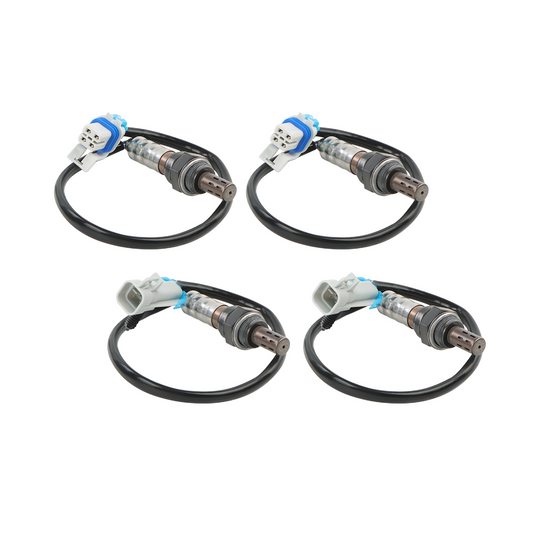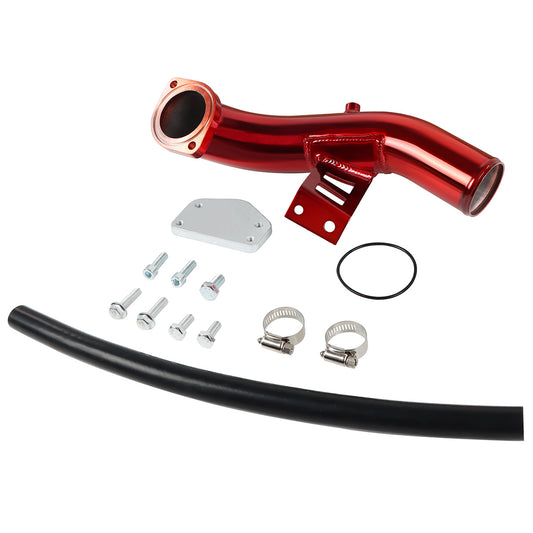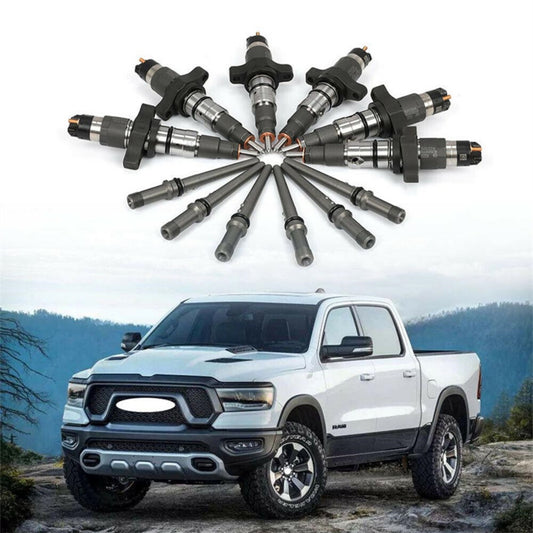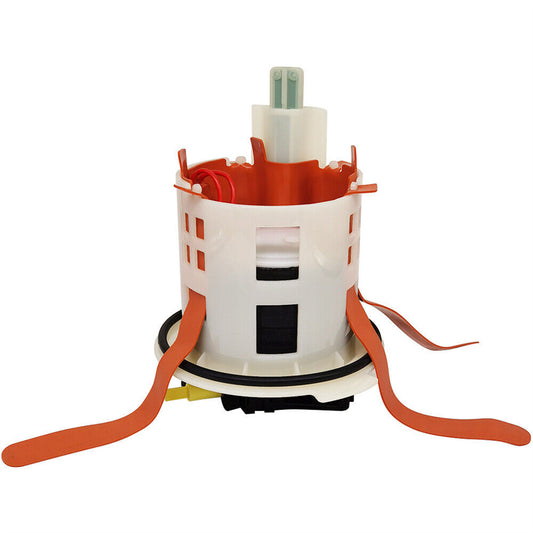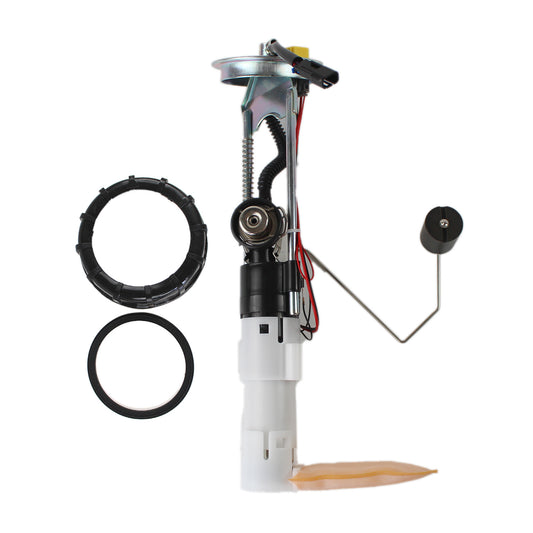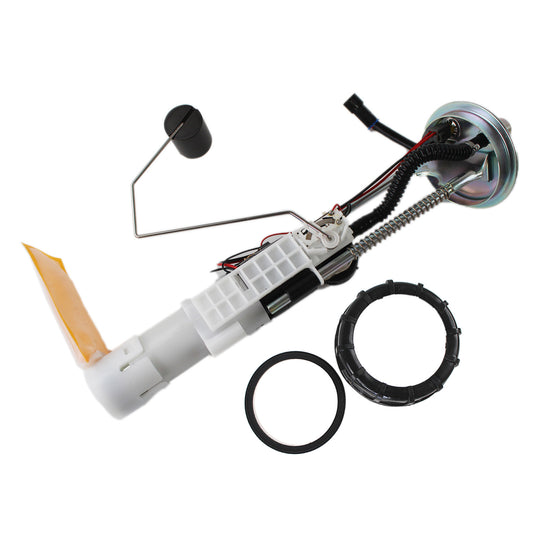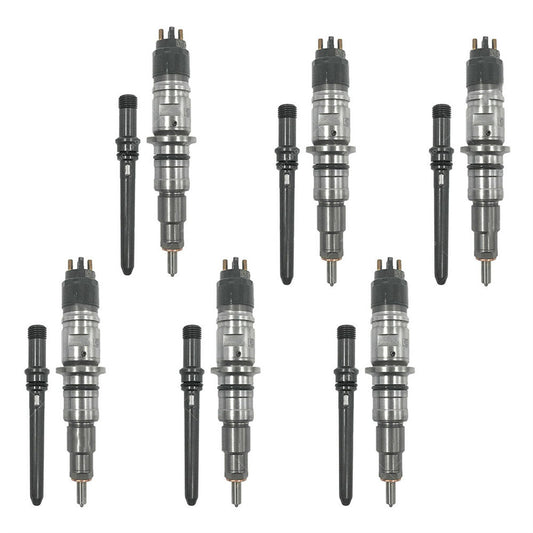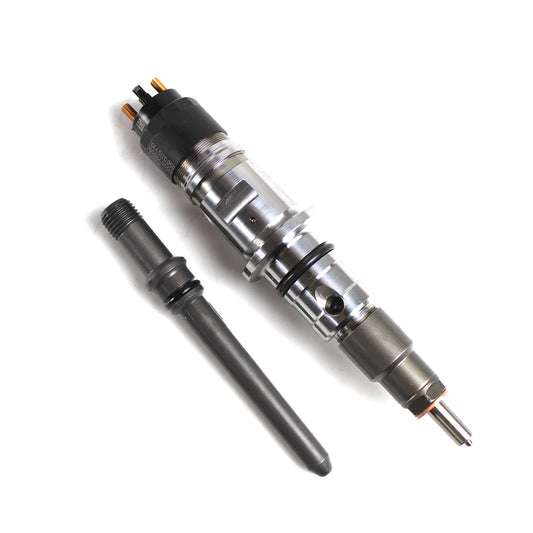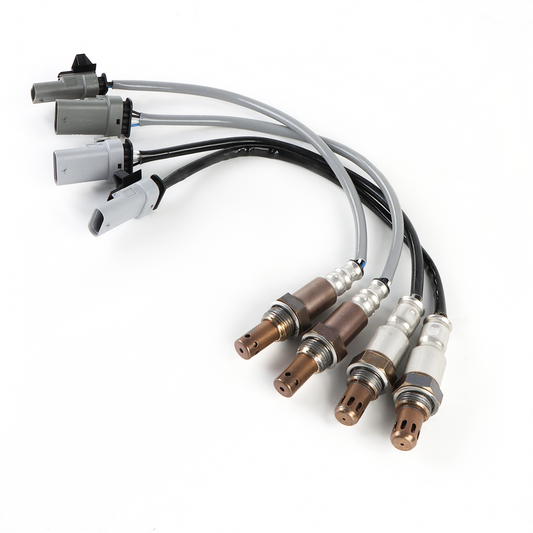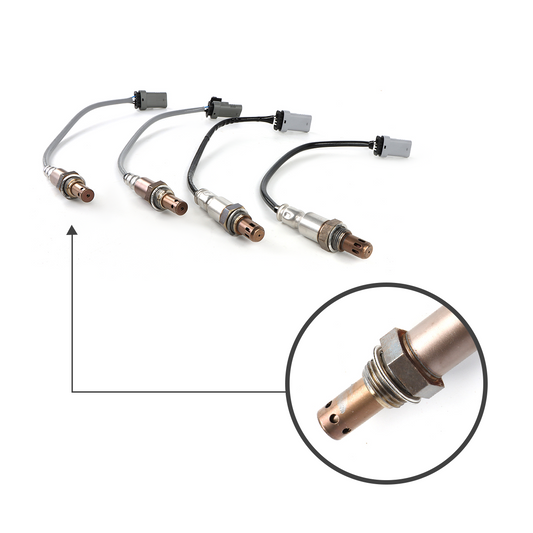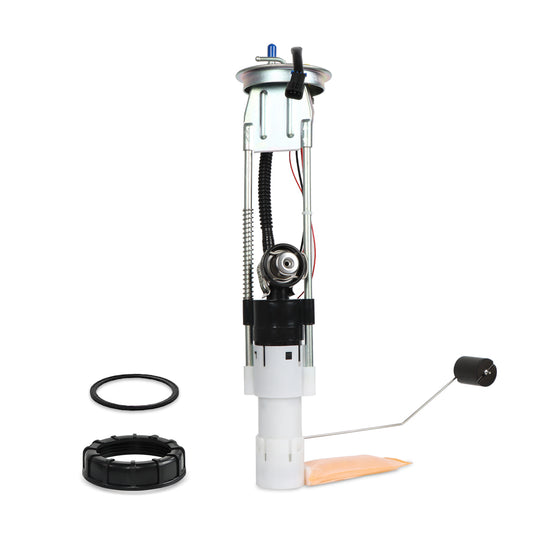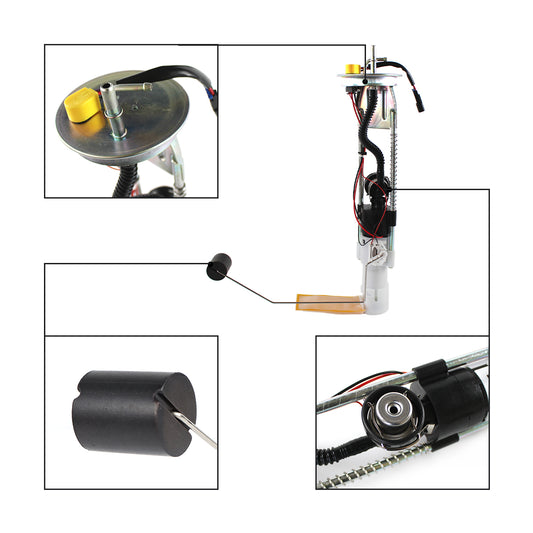The Best Fix for Common Model Connecting Rod & Piston Problems
If you're having problems with your car's connecting rod and piston, you're probably looking for the right way to fix them. Connecting rods and pistons are crucial components of an internal combustion engine which work together to convert the linear motion of the pistons into rotational motion, which ultimately drives the vehicle's wheels. However, these components can experience various issues over time. In this article, we will explore how connecting rods and pistons work, what their most common issues are, and how to fix those problems.
How Do the Connecting Rod and Piston Work?
A connecting rod, also called a 'con rod', is part of a piston engine that connects the piston to the crankshaft. Together with the crank, the connecting rod converts the reciprocating motion of the piston into the rotation of the crankshaft.
The operation of the piston helps to convert the energy of combustion into motion. It then transmits the motion to the crankshaft. From there, the various parts of the transmission help transfer the motion to the wheels and move your car. This operation is usually divided into four steps called the piston stroke.

- Intake stroke - During the intake stroke, the piston moves downward from the upper part of the cylinder. This motion is usually initiated by a starter motor. The downward motion partially vacuums the space above and creates air pressure to draw air into the cylinder or combustion chamber.
- Compression stroke - In this stage the piston now begins to move upward, compressing the air into the fuel mixture and helping to prepare the mixture for combustion and strong pressure.
- Combustion stroke - The piston position remains in the upper part of the cylinder and the fuel ignites. In gasoline engines, the spark plug provides the spark to ignite the air-fuel mixture. In a diesel engine, compression forces heat the mixture to ignite. The burning fuel releases energy, creating a huge downward thrust that pushes the piston down.
- Exhaust stroke - This is the stage where the piston is driven upward again by the rotation action of the crankshaft. The piston motion discharges the combustion exhaust gas through the exhaust valve. A complete work run of the piston is now complete. It is because of the countless repetitions of this work trip that the engine can produce a continuous flow of power, which is transmitted to all parts of the car, driving the car forward.
What are the Most Common Issues of Connecting Rods and Piston?
Connecting rods and pistons are critical components of an internal combustion engine. Here are some common issues that can arise with these components:
- Piston ring failure: The purpose of the piston ring is to form a seal between the piston and the cylinder wall, preventing the combustion gas from escaping. Piston rings can be damaged or worn due to varieties of factors, such as poor maintenance, engine overuse, or poor engine design. Once worn they will not seal the cylinder, resulting in low compression, excessive oil consumption, reduced engine power, and exhaust fumes.
- Connecting rod bearing failure: The main function of connecting rod bearings is to reduce friction between connecting rod and the crankshaft. Connecting rod bearings may be worn or damaged due to poor maintenance, insufficient oil pressure, or overuse of the engine. If the bearings are worn or damaged, they can cause the connecting rods to overplay, resulting in engine noise, and low oil pressure, and can lead to potentially catastrophic engine failure with engine damage.
- Piston pin failure: The piston pin connects the piston to the connecting rod, causing the piston to transfer thrust through the connecting rod to the crankshaft. If the piston pin is worn or damaged, it can cause excessive engine noise and vibration, reduced engine power, and, in extreme cases, complete engine failure.
- Piston skirt wear: The piston skirt is the bottom part where the piston contacts the cylinder wall. The potential for wear or damage to the piston skirt due to lack of lubrication or poor engine design can lead to excessive friction, resulting in increased wear, excessive engine noise, reduced engine power, and potentially catastrophic engine failure.
- Piston flapping: In general, excessive piston rotation will be caused when the clearance between the piston and the cylinder wall is too large. This can lead to excessive noise and vibration, reduced engine power, and possibly even catastrophic engine failure.
- Connecting rod failure: Connecting rods are under extreme stress, and if they are damaged or fail, this can result in excessive engine noise, low oil pressure, possible engine knocking, and even catastrophic engine failure.
To prevent these problems, it is essential to perform regular engine maintenance, such as changing oil and oil filters, checking engine coolant levels, and checking the engine for signs of wear or damage. If you observe any indications of engine problems, it is imperative to promptly seek the assistance of a skilled mechanic to prevent potential engine damage or failure.
How to Fix Connecting Rod and Piston Problems?

The problem of fixing the connecting rod and piston will depend on the specific problem at hand. Here are some potential solutions to common problems:
Generally speaking, if there is a piston ring failure, connecting rod bearing failure, piston pin failure, piston skirt wear, piston flapping, connecting rod failure, and another phenomenon, the corresponding parts need to be replaced. It requires disassembling the engine and removing related parts such as pistons, piston pins, connecting rods, connecting rod shingles. In addition, it is also important to confirm the cause of the specific failure and to prevent the problem again.
Replacement Cost of Piston and Connecting Rod for Common Models (for reference only):
|
Year |
Make/Model |
Estimated Cost Range |
Note |
|
2011-2013 |
Hyundai Sonata 2.4L engine |
$1,500 to $3,000 |
including parts and labor costs |
|
2011-2013 |
Kia Optima 2.4L engine |
$1,500 to $3,000 |
including parts and labor costs |
|
2011-2013 |
Kia Sorento 2.4L engine |
$1,500 to $3,000 |
including parts and labor costs |
|
2011-2019 |
Chrysler 4 model 3.6L engine |
$2,000 to $4,000 |
including parts and labor costs |
|
2011-2019 |
Dodge 7 model 3.6L engine |
$2,000 to $4,000 |
including parts and labor costs |
|
2011-2018 |
Jeep 2 model 3.6L engine |
$2,000 to $4,000 |
including parts and labor costs |
|
2012-2019 |
RAM 7 model 3.6L engine |
$2,000 to $4,000 |
including parts and labor costs |
|
2011-2013 |
Audi A3 Base Quattro engine |
$3,000 to $5,000 |
including parts and labor costs |
|
2009-2016 |
Audi A4 engine |
$3,000 to $5,000 |
including parts and labor costs |
|
2010-2016 |
Audi A5 engine |
$3,000 to $5,000 |
including parts and labor costs |
|
2011-2015 |
Audi A6 engine |
$3,000 to $5,000 |
including parts and labor costs |
|
2015-2016 |
Audi Q3 engine |
$3,000 to $5,000 |
including parts and labor costs |
|
2011-2016 |
Audi Q5 engine |
$3,000 to $5,000 |
including parts and labor costs |
|
2011-2015 |
Audi TT engine |
$3,000 to $5,000 |
including parts and labor costs |
In fact, it is advisable to consult a professional and trusted auto repair shop to get an accurate estimate of the cost of replacing the connecting rods and pistons in your particular vehicle.
Daysyore Audi Hyundai Kia Dodge Piston and Connecting Rod Assembly: The Cost-effective, High-quality Solution
You can spend thousands trying to replace and repair your piston rod kit. You can also choose a more cost-effective way to end your piston link problems. When considering the time, effort, and purchase cost of the entire part replacement, daysyore's piston-connecting rod kit is the best solution to your problem.
- Mature industry experience: With over 10 years of industry experience, Daysyore knows how to design and produce quality durable kits. When you decide to replace your Audi, Hyundai, Kia, Dodge, and other piston rod kits, you can find what you need at Daysyore. The piston connecting rod kit of this shop has the following features:
- Quality materials: Our products start with quality materials. We insist on using only high-quality metals such as steel, aluminum, copper, and other materials to ensure maximum strength and durability.
- Precision construction: Every detail of each component in the kit is perfectly matched to the model of the vehicle for which the car is designed to perform at its best.
- Strict quality control: Although we provide sub-factory products, the quality control is very strict, and the use effect is not worse than the original factory parts.
- Product Warranty: We provide a one-year warranty on all aftermarket kits and components to show our trust in the product and to pass that trust on to you.
- Pre-sale and after-sales support: We are very happy to answer any questions before purchase. During the warranty period after purchase, if there is any problem caused by non-human causes, we will respond positively and provide solutions. Whether it is to help you complete the installation, or use the consultation, we are very glad to provide full support.
Conclusion
All in all, no matter what is your choice, it's a good choice if it helps you solve the problem. However, from the perspective of cost performance, we suggest that you choose high-quality sub-factory products for replacement. It can not only improve the problem of piston connecting rod damage but also won't cost a lot of money.
Daysyore online store provides you with the piston connecting rod kit you need to finally end your engine running problems. If you have any questions about auto parts in the store, please feel free to contact us. Here are some access to find us:
Web: https://daysyore.com/
Email: support@daysyore.com
Phone: +1 6282837057


